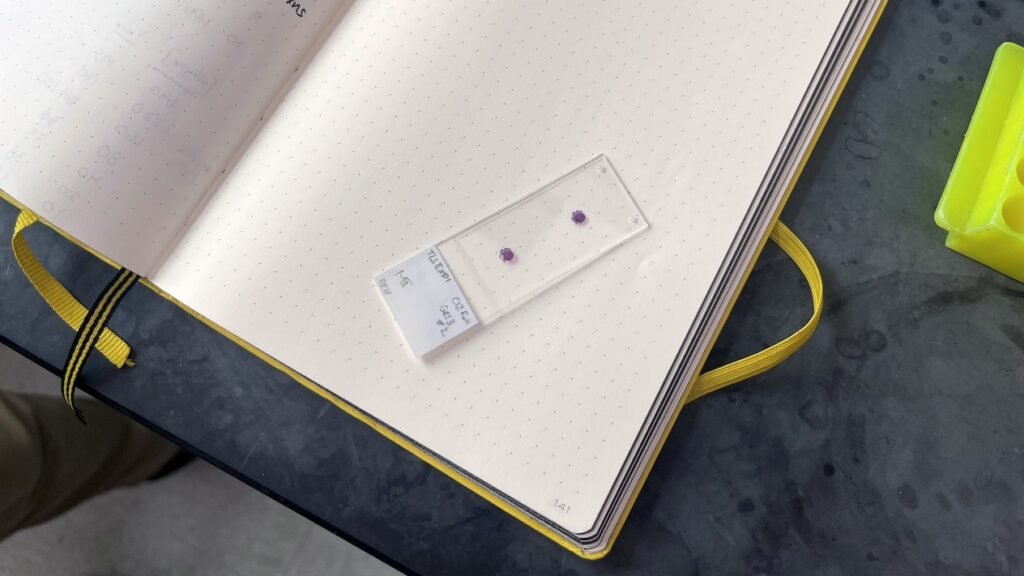Columbia University engineers have created an injectable hydrogel using extracellular vesicles (EVs) extracted from yogurt. EVs are nanoscale particles secreted by cells that carry proteins, RNA, and other bioactive molecules. In this study, EVs serve a dual purpose: they act as structural crosslinkers and deliver regenerative signals, enabling the gel to mimic living tissue and promote healing.
The hydrogel is formed by crosslinking biocompatible polymers with EVs, creating a stable, bioactive material that can be injected directly into damaged tissue. In mouse models, the gel triggered angiogenesis and anti-inflammatory immune responses within one week, accelerating tissue regeneration without additional chemical additives.
The team overcame a major hurdle in EV-based biomaterials: low yield. By sourcing EVs from yogurt—a readily available agricultural byproduct—they achieved scalable production while maintaining therapeutic efficacy. The platform is modular and compatible with EVs from other sources, including mammalian and bacterial cells, making it adaptable for various clinical applications.
This innovation could transform wound care and regenerative medicine by offering a low-cost, accessible alternative to synthetic scaffolds. The gel’s ability to engage the immune system and stimulate vascular growth positions it as a promising candidate for treating chronic wounds, surgical injuries, and even organ repair. The study highlights the potential of agricultural waste as a resource for next-generation biomaterials.
Article from Columbia University: Columbia Engineering Researchers Turn Dairy Byproduct Into Tissue Repair Gel
Abstract in Matter: Extracellular vesicles as dynamic crosslinkers for bioactive injectable hydrogels

